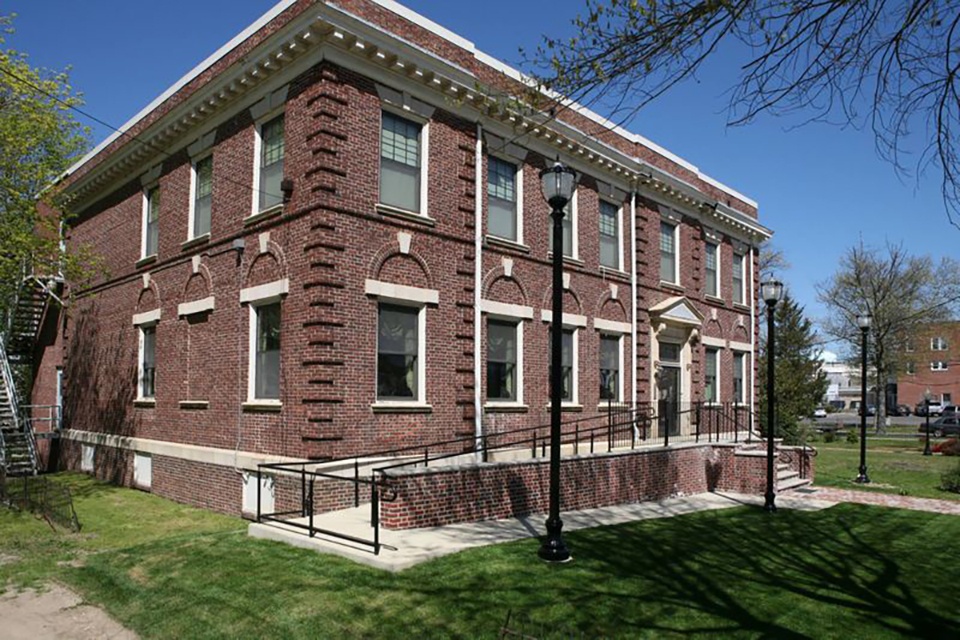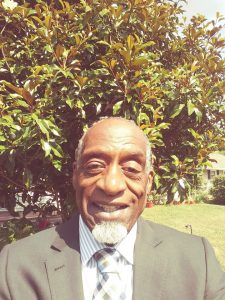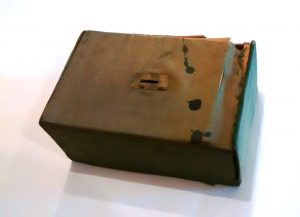A Shared History

We are in a moment of time that gives us a golden opportunity to acknowledge, accept, and right the wrongs of the past to make a better future for us all.
Many people of different ethnicities have asked what they can do to become better allies in the fight for equality. One way is to do some research and find out about a history that has been buried.
Find out about the history of people of African descent who helped move this country forward. Many of these figures have been hidden from view for so long because their ingenuity, intellect, and indomitable work ethic didn’t match up with a false narrative that has infected the nation.
Did you know that Lewis H. Latimer, in 1881, according to teacher.scholastic.com, “patented a carbon filament for the incandescent lightbulb”? It’s been said Latimer’s invention was a major improvement on the original Thomas Edison lightbulb.
Edison’s lightbulb would flame out rather quickly because it was made with paper filament, while Latimer’s used carbon filament. “The invention helped make electric lighting practical and affordable for the average household,” the website says.

Did you know that Bessie Blount Griffin, who, interestingly, has her own connection to Thomas Edison, received a patent for the Portable Receptacle Support in the 1950s? Her invention was an automatic feeding device that smithsonianmag.com says was, “an extraordinary technology that would change lives for disabled veterans of the Second World War.”
Did you know that in the 1970s, Blount Griffin, who was a nurse, “eventually turned her attention to forensics and became a handwriting analyst, detecting forged documents for the Vineland Police Department in New Jersey and for police departments in Virginia,” according to a 2019 article in The New York Times? Did you know that, according to lemelson.mit.edu, Blount Griffin, “In 1977 was sent to train and work at Scotland Yard in England,” becoming the first “African American” woman to receive such a magnanimous honor?
Did you know she passed away in 2009, in Newfield?
An inordinate amount of the contributions and achievements of people of African descent have been obscured and obfuscated, which keeps us all in the dark (pun intended).
Another local woman whose inspirational deeds may have been globally celebrated, if not for the hue of her skin, is Henrietta Crawford.
Crawford, who lived much of her life on 123 Montrose Street, in Vineland, was a pastor, evangelist, suffragist, and feminist. The firebrand was a significant figure in the historical fight for human rights, yet her participation has, unfortunately, largely gone unnoticed.
A local historian and educator is hoping to bring her story out of the shadows and into the light.
Dr. James Elton Johnson, a Clayton resident, is writing an essay entitled, “Henrietta Crawford (1842-1917) Radical Feminist Evangelist in Post-Civil War New Jersey.”
SNJ Today newspaper recently had an exclusive interview with Dr. Johnson, who’s an independent scholar-consultant for African American and American Studies, to discuss the life and times of Crawford, including her activism and the reasons her story has remained untold.

SNJ Today newspaper: You’re writing an essay about an unheralded and overlooked member of the women’s suffragist movement, Henrietta Crawford. Can you briefly share with our readers who Ms. Crawford was?
Dr. James Elton Johnson: Yes. Henrietta Crawford is one of the … post-Civil War activists in South Jersey. She was a woman who was born in Mannington, in Salem County in 1842. She lived there until she was in her teenage years. She spent her teenage years in Clarksboro, which is in Gloucester County.
And then by the time she is … in her early 20s, her family relocates to Vineland. And it is in Vineland where her activist career begins to just evolve and mushroom into her being the leading activist—White or Black—in Vineland for at least 20 years.
[In] 1867 … she advocates that domestic workers be given higher pay, and that’s her first activity….. In 1868, we have her quote unquote famous participation as one of four Black women who participate in Vineland’s mock election by women. She is one of four African Americans noted by the well-known chronicler of that event, Portia Gage.
Gage writes up the account of the actions on that date when they have the women’s ballot box, which is all so very well-known and talked about, when 172 women in Vineland go and vote, in spite of their votes being discounted.
Of those four women, one was Henrietta Crawford, another was her mother, Mary Anne Green and another was apparently a sister-in-law, Anna Green. And of course, Lydia Jones makes up the fourth African American woman [to cast her vote].
Mrs. Gage writes about that, but she doesn’t give the names of these individuals, necessarily, when she talks about that.
What was the significance of Ms. Crawford’s work with the women suffragists?
Her significance is she set the tone of women’s activity. She represented the most progressive edge of women’s activity regarding getting the right to vote. The significance of that, she represented in a futuristic sense where this thing was going in terms of having Black women vote. She represented the Black interest in women’s suffrage.
Her significance also resides in the fact that she is forgotten. The fact that she is unknown today. There’s a certain significance to that in terms of how African American history has been just absolutely steamrolled over, buried … This is the stuff we have to resurrect.
We have some examples of integrity. We have some examples of political vision. We have some examples of gender-based kinds of progressiveness that needs to be resurrected and utilized so that we can continue what we need to do in having a future that operates where everyone is at the table.
We can have some multicultural kind of lifestyle and civilization and society that makes everybody important.
Why do you think there aren’t more accolades and respect given to Ms. Crawford, not only for the uplifting work she did for women’s suffrage, but also for the Black feminist movement?
Well, the reason that hasn’t materialized is because she’s just been forgotten about. No one knew she was there. She’s just been lying there, you know, waiting to be resurrected.
We’ve got a lot of White-only ownership of the suffragist movement, you see. Even in 1975 I think when they ran a Cumberland County recognition of women suffragists, I found a picture there of all White women.
Many Vinelanders don’t know about and/or have never heard of Henrietta Crawford. What do you think her legacy should be in the city?
We need to name a school Henrietta Crawford Elementary School or Middle School or High School. It could be a library. There has to be a naming of some public institution of learning or some public institution of service. I think a school would be the best way to memorialize her.
And, you know, we’re in the process of pulling down statues. We need to be in the process of putting up some statutes. Note: Dr. Johnson thinks it would be “absolutely amazing” if the City of Vineland erected a statue of Ms. Crawford.
Is there anything else you’d like to add regarding Henrietta Crawford, women’s suffrage, your essay, or maybe something we haven’t discussed during this interview?
It’s really felt like a lonely journey at times. I’ve reached out to several entities, including the women and gender study group at Rowan University and getting rejection.
I’m also trying to get her added to the Cumberland County Roll of 100 Suffragists, which is presently all White. A whole effort now is to have her name added to that roll before August 28, which would be the anniversary of the 19th amendment.
Dr. Johnson’s essay, “Henrietta Crawford (1842-1917) Radical Feminist Evangelist in Post-Civil War New Jersey,” is scheduled to be released this fall.








